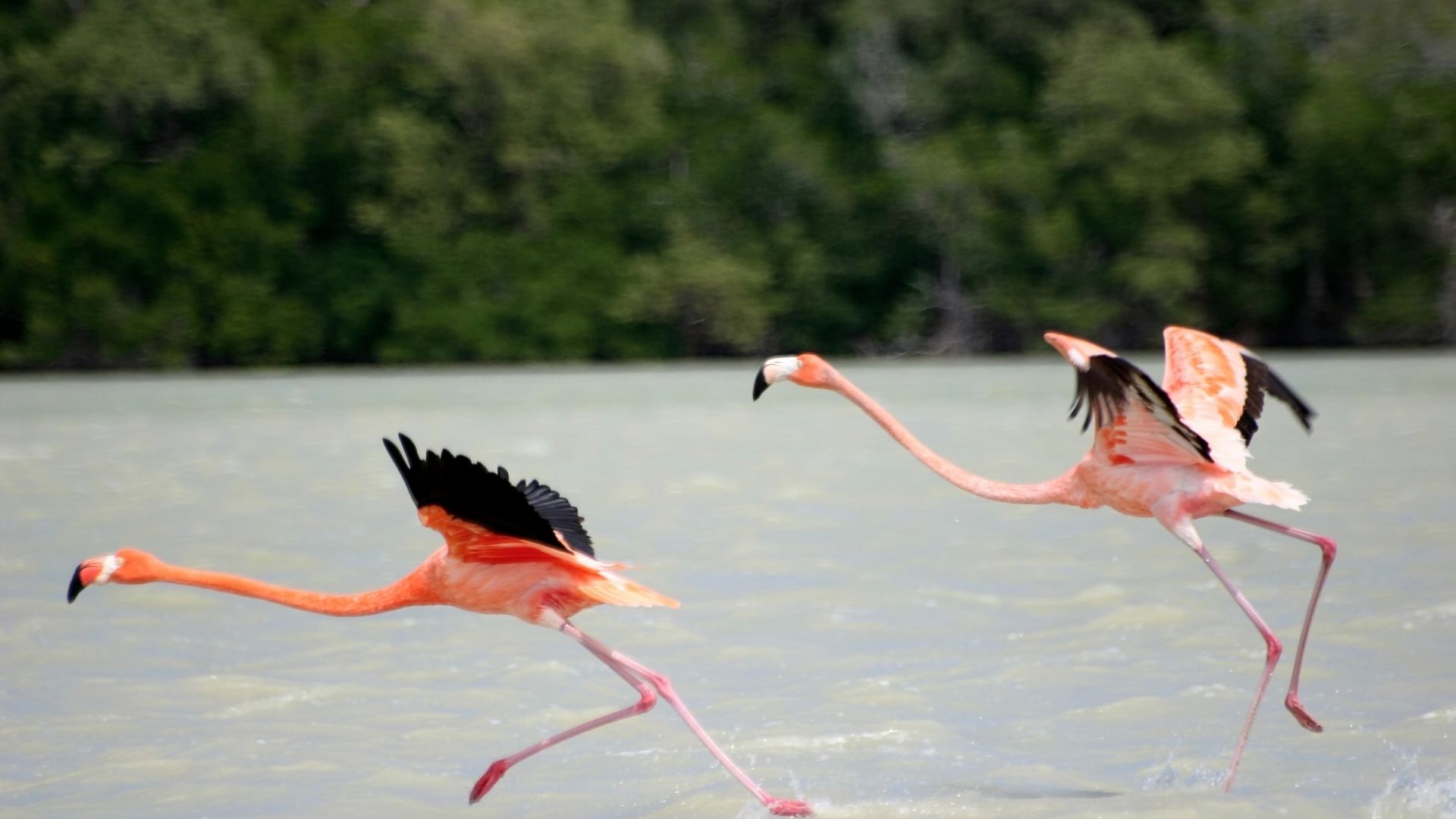Enjoying natural areas is one of life’s greatest pleasures, especially when it comes to visiting remarkable lakes. However, it’s important to note that Mexico has experienced a historic drought since 2023 that has significantly affected many of its most emblematic water bodies. Despite these challenges, we’re pleased to present some of Mexico’s most important lakes, including their current status and recovery prospects.
Current Context: Drought and Recovery
Since the summer of 2023, Mexico has faced one of the most severe droughts of the last decade. More than 80% of the national territory experiences some level of water scarcity, and 20% is in extreme drought. However, recent rainy seasons have shown encouraging signs of recovery in some of the country’s main lakes.
The 10 Most Important Lakes in Mexico
1. Lake Chapala – The Recovering Giant
This lake maintains its status as Mexico’s largest, with a surface area that can reach 1,100 square kilometers under normal conditions (not the 112 previously mentioned). Located between Jalisco and Michoacán, more than half of the water supplying the Guadalajara metropolitan area comes from this lake.
Current status: After years of severe drought, the lake has shown notable recovery, reaching 61% of its capacity according to October 2024 data. Its waters are the economic engine for seven municipalities, and recent increases in water levels have benefited both tourism and local fishing. This area offers some of the country’s best sunsets, where herons, ducks, and pelicans provide a natural spectacle of quality.
2. Lake Pátzcuaro – History and Resilience
This emblematic lake in Michoacán, covering approximately 126 square kilometers, houses five main islands (not seven as previously mentioned) and keeps alive ancestral Purépecha traditions. It’s famous for Day of the Dead celebrations and the nearby statue honoring José María Morelos.
Current status: The lake faced a severe crisis, losing more than half of its volume and reaching the point where some sections could be crossed on foot. However, it shows signs of recovery with 43% restoration according to October 2024 data. Authorities are implementing conservation strategies while local communities work on preserving this cultural and natural heritage.
3. Lake Cuitzeo – Recovery in Progress
Located between Michoacán and Guanajuato, it’s technically Mexico’s second-largest natural lake. Its extensive wetland areas are crucial for local biodiversity and the region’s agricultural activities.
Current status: After years of extreme drought that left 70% of the reservoir completely dry, causing dust storm problems and health impacts on nearby communities, the lake shows 60% recovery according to the most recent 2024 data.
4. Lake Yuriria – Historic Heritage
Built in 1548 by Augustinian friar Diego de Chávez y Alvarado as a regulatory complement to the Lerma River, this artificial lake maintains its importance as a Ramsar site. Its surrounding wetlands sustain agricultural communities that have depended on its waters for centuries.
Current status: Although also affected by drought, it maintains functional levels and continues to be vital for regional agricultural activities.
5. Lake Camécuaro – The Turquoise Jewel
This national park in Michoacán, covering 1.6 hectares (16,000 square meters), is formed by natural freshwater springs. Its turquoise waters are surrounded by majestic centuries-old ahuehuete trees whose roots extend toward the lagoon.
Current status: Due to its natural spring feeding, it has maintained better stability during the drought, although it requires constant monitoring for preservation.
6. Montebello Lagoons – Chiapas Treasure
This National Park in Chiapas houses 59 lakes distributed across 6,022 hectares of temperate forest. The area overflows with hanging gardens, sweetgum, oaks, and pines, being home to diverse fauna including deer, foxes, pumas, and jaguars.
Current status: Its location in southeastern Mexico has relatively protected it from the national drought, maintaining its characteristic colors ranging from turquoise blue to emerald green.
7. Colón Lakes – Archaeology and Nature
These lakes are distinguished by their rich biodiversity including strangler figs, century-old lianas, and lotus flowers. Nearby is the El Lagartero archaeological site, an ancient Mayan city with four pyramids and various structures.
8. Bacalar Lagoon – The Seven Colors
Known as the “Lagoon of Seven Colors,” this marvel of the Yucatan Peninsula extends 42 kilometers, displaying a range of blue tones from sky blue to deep indigo blue.
Current status: It maintains its levels thanks to its connection with cenote systems and groundwater, although it faces pressure from tourism development.
9. Nichupté Lagoon – Unique Ecosystem
This coastal lagoon in Cancun mixes fresh and salt water, creating a unique mangrove ecosystem that serves as habitat for countless species of birds, reptiles, and marine animals, extending to connect with the Caribbean Sea.
10. Las Coloradas – Natural Spectacle
These water extensions display pink, orange, and yellow colors due to high salinity that favors the growth of microscopic algae and halobacteria. The area is home to flamingos and other species adapted to saline environments.
Cenotes: The Underground Lakes
Sac Actun System
With more than 347 kilometers of extension, this flooded cave system in the Quintana Roo jungle forms an underground labyrinth ideal for specialized diving and speleological exploration.
Historic Lakes: The Case of Lake Texcoco
Although it no longer exists as a water body, the ancient Lake Texcoco deserves mention for its historical importance as the seat of Tenochtitlan. Currently, the area has been transformed into the Texcoco Lake Ecological Park project, which seeks to create a green lung for Mexico City.
Perspectives and Conservation
The current situation of Mexican lakes reflects the challenges of climate change but also demonstrates these ecosystems’ recovery capacity when adequate conservation measures are implemented. Authorities are working on:
- Rainwater capture and conservation strategies
- Regulation of agricultural and industrial water use
- Reforestation programs in watersheds
- Constant monitoring of water levels
- Environmental education for local communities
Recommendations for Visitors
When visiting these lakes, it’s important to:
- Respect local conservation regulations
- Support sustainable tourism
- Stay informed about current conditions before planning trips
- Contribute to preservation through responsible practices
Conclusion
Mexico’s lakes are natural treasures facing significant challenges but showing encouraging signs of recovery. Each offers unique experiences, from the rich Purépecha culture of Pátzcuaro to the unique colors of Las Coloradas. Visiting them not only provides unforgettable experiences but also contributes to their conservation through sustainable tourism.
The resilience shown by these ecosystems during the recent historic drought demonstrates both their fragility and recovery capacity, reminding us of the importance of their protection for future generations.



